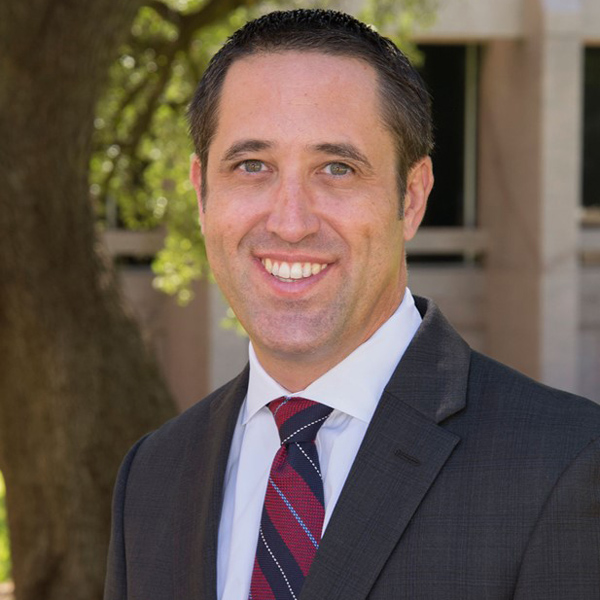The Texas comptroller’s office said last week the financial fallout from February’s Winter Storm Uri could be as high as $130 billion, as earlier estimated by the Federal Reserve Bank of Dallas.
Texas Comptroller Glenn Hegar said in October’s Fiscal Notes report that the storm resulted in between $80 billion and $130 billion in financial losses to the state’s economy.
 Glen Hegar | Texas Comptroller
Glen Hegar | Texas ComptrollerThe Dallas Fed estimated the losses based on “a result of power loss, physical infrastructure damage and forgone economic opportunities.”
The storm knocked out power for nearly 70% percent of Texans and disrupted water utilities, leaving many Texans without heat or running water for extended periods. The state has also attributed 210 deaths to the storm.
“The exact impact on Texas energy customers is still difficult to discern,” the comptroller’s report said. “What we do know is that all major sources of energy in the state experienced failures.”
According to the report, the Texas A&M AgriLife Extension Service assessed agricultural losses at more than $608 million and ranchers’ economic losses at nearly $228 million. The service also estimated citrus farmers’ losses of at least $230 million.
500 MW to Depart Market
ERCOT will lose almost 500 MW of capacity if the cities of Austin and Garland suspend operations at two aging resources.
Austin Energy said last week it will retire its 44-year-old Decker Creek 2 natural gas-powered generator after the winter season. The utility said the unit has “aged past its useful life” and has become more expensive to operate. It submitted a notice of suspension of operations (NSO), effective March 31, 2022, to ERCOT on Nov. 1.
The Austin City Council in 2017 approved Decker 2’s retirement as part of a comprehensive resource plan and reaffirmed that decision in March 2020. The plant’s four 50-MW peaking gas turbines will continue to operate.
On Thursday, Garland Power & Light also filed an NSO notifying ERCOT that the utility will indefinitely suspend operations at a 78-MW gas turbine at its Ray Olinger power plant. The unit dates to 1967.
Market participants have until Nov. 29 to submit comments before the ISO makes a final decision on the NSOs.



